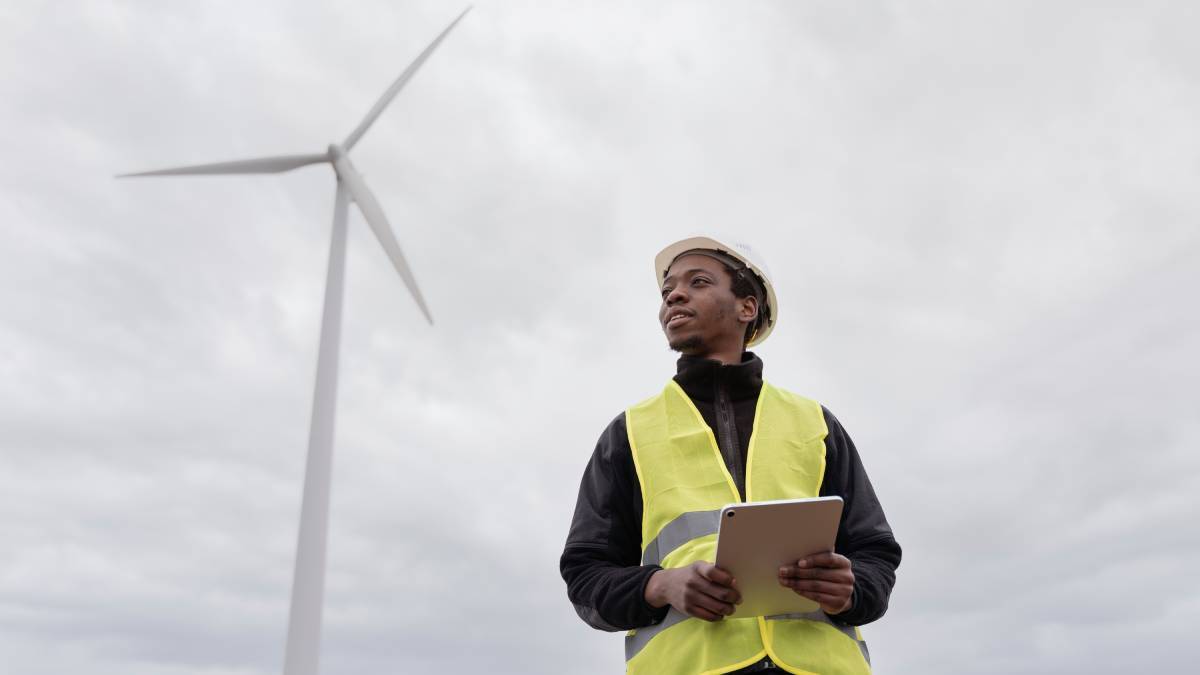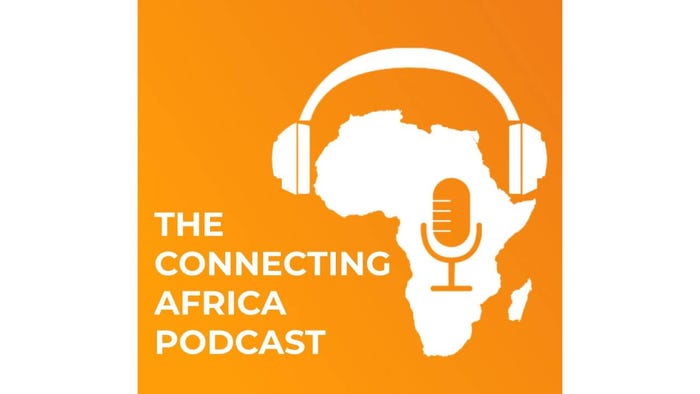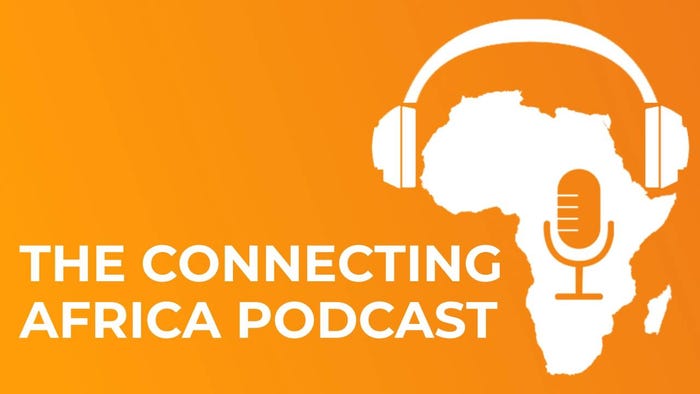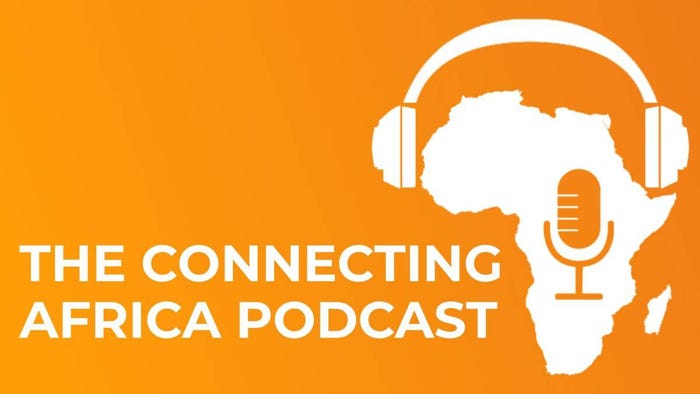The rising tide of sustainable ICT in AfricaThe rising tide of sustainable ICT in Africa
With discussions on climate change picking up pace, ICT analyst Francis Hook discusses how African companies are embracing sustainable ICT practices and how telcos, data center operators and manufacturers are striving to go green.

The wave of adopting sustainable ICT – which centers around concerns about the negative effects of the manufacture and powering of ICT infrastructure on the environment – continues to receive attention as well as additional impetus arising from emerging business and regulatory considerations.
Globally, the International Telecommunications Union (ITU) estimates that the ICT sector contributes between 2% and 3% of carbon emissions.
Many businesses drawn from sectors that are heavy ICT users are increasingly cognizant of the role they play in accumulating embodied carbon emissions – which is defined as the carbon emissions occurring from upstream in the extraction, processing, manufacture and transport of new ICT equipment – as well as the emissions that result from powering and cooling their infrastructure and the processes required to properly dispose of and recycle e-waste.
On the demand side, telcos and data center operators are among the heavy ICT consumers whose infrastructure needs are spread across computing, storage, power back up, cooling and ventilation.
Other major users can be found in sectors like finance and retail that would typically have comparable footprints given their distributed branch networks and reliance on ICT to deliver their services. For both of these, non-ICT assets like buildings that are needed to host data centers and other equipment, invariably add to their carbon emissions.
For some businesses, the early stages of adoption mean that some are not as encumbered by legacy systems and can easily put in place green measures for new spending on expansion, including the use of cloud services and data centers, especially among small and medium enterprises (SMEs).
On the supply side, this is not yet an area that has any significant impact in Africa given the low manufacturing base. However, in countries from which a good number of equipment is manufactured, there are already regulations and frameworks that seek to address the negative impacts of ICT equipment.
One key example is the extended supplier responsibility (ESR), which compels ICT manufacturers to be responsible from their products until their end of life. In essence, such manufacturers are required to have mechanisms in place for the correct disposal and recycling of e-waste.
Manufacturers are also required to comply with various other standards and regulations, and with some of them initiating their own journeys toward reducing their carbon emissions.
Implementing sustainable ICT
Against this backdrop, for both producers and consumers of ICT products, there is a positive perception dividend from both investors and consumers, which arises out of supporting climate change through various internal policies and initiatives.
In some cases, this is enabled by embracing industry-led or self-imposed environmental, social and governance (ESG) frameworks as well as the need to comply with standards set by industry associations or government regulatory bodies.
Perhaps the single biggest motivation behind many of these sustainability efforts is cost cutting, which encompasses reviewing not just the energy sources and the amount of energy used, but also exploring how to extend infrastructure replacement lifecycles, how to optimize existing infrastructure, repairing instead of replacing equipment, and reducing on the use of paper and consumables like toner.
On the energy side of things, some measures businesses are implementing include considering hybrid and renewable energy sources that involve supplementing the grid power with solar and wind sources, storing energy in batteries and implementing internal policies on power usage (including individual user system settings that require users to employ standby mode for monitors).
In terms of infrastructure, businesses and operators have recourse through various means to either optimize current infrastructure or prolong their use.
Technologies like virtualization (for servers and networking equipment) greatly help reduce the infrastructure acquisition, power and maintenance costs. Cloud computing for applications (Software-as-a-Service) and storage (Infrastructure-as-a-Service) are certainly quite beneficial in terms of costs and maintenance for large enterprises and SMEs.

Telco and data center operators are among the heavy ICT consumers whose infrastructure needs are spread across computing, storage, power back up, cooling and ventilation. (Source: https://www.freepik.com/free-photo/technician-walking-through-server-rigs_237226438.htm#fromView=search&page=1&position=6&uuid=2bbf53ec-8845-4066-bee1-e885d938e42f)
At a global level, there are discussions around extended support of equipment as well as the need for options that allow end users to undertake repairs instead of replacements.
Document management systems (DMS) and supporting policies on electronic documents and signatures, are also gradually helping corporates phase out paper-based systems and significantly reduce their expenditure on paper, printers and toner.
Leveraging social media has also played a huge role as a channel through which businesses can interact with customers and furnish them with digital information that traditionally would have taken the form of printed material.
As companies make good inroads to make their ICT greener, there are still some challenges, such as the cost of phasing out energy-inefficient legacy systems, the cost of migrating workloads to newer servers (or to the cloud), and prioritizing ICT budgets in terms of recurring and capital expenses needed for expansion.
Disposal of end-of-life equipment is also another major challenge. According to the ITU, in Africa less than 10% of e-waste is properly disposed of and recycled.
Trouble on the flip side
While numerous technologies are helping make ICT greener, there are others that slowly becoming a cause for concern, and mainly stemming from both the upstream process as well and emissions from power consumption.
In the past few years, as artificial intelligence (AI) and machine learning (ML) have become more pervasive, the computing power needed has significantly contributed to higher power and equipment demands.
While these are quite nascent in Africa, it should be noted that in the present environment power generation and availability are generally a challenge and mostly fall behind current demands.
Thus, the growth of power generation must keep up pace with demands in order to properly accommodate some of these new technologies.

As interest in AI, ML and crypto mining become more pervasive, the computing power needed for emerging technologies is significantly contributing to higher power and equipment demands. (Source: Image by DC Studio on Freepik)
Crypto mining has gained a fairly good foothold in several African countries and is expected to exert a toll on power grids, though, when compared to the global stage, it is rather negligible as to be an area of immediate concern in terms of energy use.
In this space, there are some forward-looking initiatives that aim to use the grid during off-peak hours, with some yet to be proven benefits in terms of sustainability (i.e. paying for off-peak usage to make peak usage affordable).
Sustainability outlook
As discussions on climate change pick up pace, different stakeholders are trying to see how each of them can lend their weight to the adoption of Green ICT.
Vendors have been exploring how to manufacture products that are not just energy efficient, but those whose embodied carbon emissions are reduced. This entails evaluating their supply chains and ensuring their distribution networks are complaint in terms of e-waste management. Manufacturers have also focused on recycling and research on the use of materials that do not have a high impact on the environment. As mentioned earlier, vendors are gradually responding to consumers' demands for products that have longer lifecycles.
Business consumers, including service providers (telcos, data center operators, large enterprises), are also putting in place green ICT policies that primarily center on reducing their energy use but also extend to reducing infrastructure spend by utilizing cloud services and repurposing existing equipment using technologies like virtualization.
Big consumers are also gradually putting procurement standards in place that ensure that vendors and other service providers are compliant with various standards, and that these vendors have in place mechanisms that allow for the proper disposal of e-waste.
Just like with many other sectors, the role of governments in providing an enabling environment cannot be overstated.
Across the region, various governments are putting in place a raft of measures, including: policies and regulations that address e-waste management and energy efficient power sources; support for research and development on renewable energy; tax waivers and other incentives on renewable energy equipment; green procurement policies for their own ICT; and general awareness and leading discussions on the environmental impact of ICT.
*Top image source: Image by freepik.
— Francis Hook, Africa ICT Analyst, special to Connecting Africa



.jpg?width=700&auto=webp&quality=80&disable=upscale)
_(1).jpg?width=700&auto=webp&quality=80&disable=upscale)
_(1)_(1).jpg?width=700&auto=webp&quality=80&disable=upscale)
.jpg?width=700&auto=webp&quality=80&disable=upscale)
.jpg?width=700&auto=webp&quality=80&disable=upscale)
.jpg?width=700&auto=webp&quality=80&disable=upscale)
.jpg?width=700&auto=webp&quality=80&disable=upscale)
.jpg?width=800&auto=webp&quality=80&disable=upscale)


.jpg?width=700&auto=webp&quality=80&disable=upscale)
